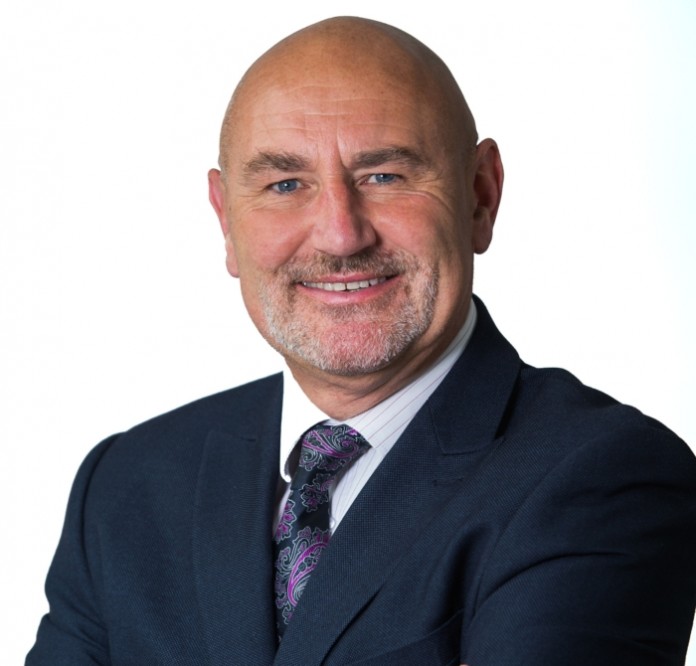A Bristol property expert has joined calls for more tall buildings to be built in the city centre – and urged political leaders to follow London’s lead.
Tim Davies, head of the South West and Wales at commercial property agents Colliers International, says building upwards is the only way to meet the needs of Bristol’s growing population.
Castlemead is currently the city’s tallest tower block, at 19 storeys, but the planned Redcliffe Tower, the former ambulance station beside Castle Park, and a new Bristol University building in Temple Quarter, could go higher.
A tall building is defined as being at least 30 metres high, or around 10 storeys. Most buildings in central Bristol stand five or six storeys high.
Bristol City Council has developed a plan to develop more tall buildings in clusters of the city, to create a new skyline while at the same time protecting its most iconic views.
“A minimum of 33,500 more homes need to be built in Bristol by 2036 and with little spare land available, the logical step is to build upwards,” says Tim Davies.
“We have a complete lack of tall buildings in Bristol and we seem to be taking up more and more land for office buildings in districts which we should be preserving for commercial use.”
Tim Davies believes the £1 billion transformation of London’s Elephant and Castle should provide the template for Bristol’s city centre development – both in terms of its skyline and in the decisive role in the scheme played by London Mayor Sadiq Khan.
Mr. Khan has fast-tracked plans for the redevelopment of the Elephant and Castle shopping centre, south of the River Thames, which will feature buildings ranging in height from single storey to 35 storeys.
The scheme will also include almost 1,000 residential units, retail, office, education, leisure and a new station entrance and station box for use as a London underground railway station.
“Elephant and Castle is a perfect illustration of a development which is going up rather than out – making use of air space rather than land space, and of the way in which the Mayoral position drives development and growth in the capital,” says Tim Davies.
“Often it is a case of where London leads, others follow – and here in Bristol, both our city mayor Marvin Rees and metro mayor Tim Bowles would do well to adopt the same dynamic, streamlined approach to transforming our skyline.”



















